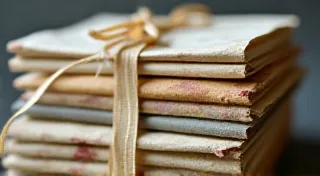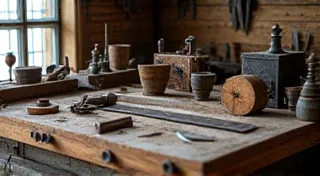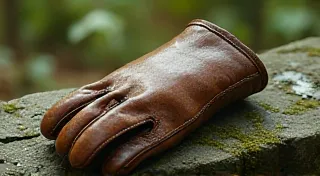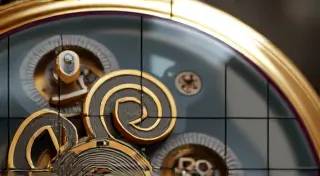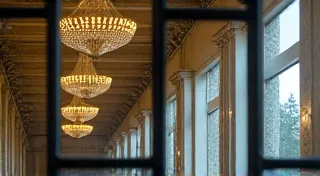Beyond the Mechanics: The Emotional Resonance of a Finished Restoration
The scent of aged wood, the whisper of dried leather, the ghost of melodies long silenced – these are the hallmarks of an antique accordion. It’s more than just an instrument; it’s a time capsule, a tangible link to generations past. While the technical aspects of accordion restoration are undeniably crucial – the careful re-bushing, the meticulous reed alignment, the precise re-leathering – there's a deeper, often overlooked element at play: the emotional resonance of bringing these neglected beauties back to life. It's an experience that transcends the mechanical, connecting us to a rich history and the skilled hands that crafted these marvels.
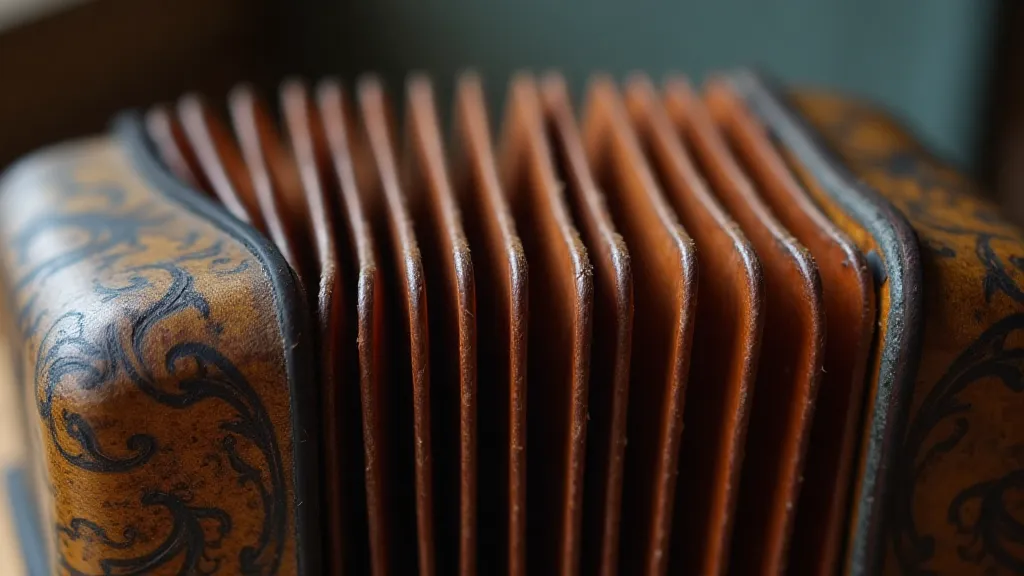
A Legacy of Music and Migration
Accordions have a fascinating history, intrinsically tied to immigration and cultural exchange. Originating in the early 19th century in Europe, primarily in Vienna and Berlin, they quickly spread across the globe, becoming a vital part of folk traditions in countless cultures. Think of the Cajun music of Louisiana, the polka rhythms of Germany, the vibrant folk tunes of Argentina – the accordion’s presence is interwoven into the very fabric of these musical identities. Many antique accordions carry stories of hardship, perseverance, and the longing for home that accompanied migration.
My first serious restoration project was a 1938 Hohner Victoria. The owner, a lovely elderly woman, had inherited it from her father, a Polish immigrant who had brought it with him to America. He had played it every Sunday, filling their small apartment with the sounds of his homeland. The accordion had fallen silent years ago, suffering from dry rot and countless minor repairs from well-meaning, but less-than-skilled hands. Holding that instrument, knowing its personal history, felt like accepting a sacred trust. The mechanics were challenging, yes, but the emotional weight was far more profound.
The Artist's Perspective: More Than Just Repair
Accordion restoration isn's simply about fixing broken parts. It's a process of preservation, of revealing the beauty that lies beneath layers of neglect. It's an artistic endeavor, demanding not only technical skill but also a deep respect for the original craftsmanship. Each button, each reed, each meticulously crafted piece of wood tells a story of the artisan who created it. A good restorer doesn't just repair; they interpret, they appreciate, they honor that legacy.
There's a satisfying elegance in understanding how these instruments function, tracing the air pathways, recognizing the interplay of reeds and buttons. But it's the aesthetic appreciation, the tactile connection with the aged materials, that truly ignites the passion. A faded, hand-painted grill, the patina of aged mother-of-pearl, the delicate carvings on the keys – these aren’t flaws; they are testaments to time and artistry. My role isn’t to erase these marks of history but to stabilize them, to prevent further decay, and to allow their beauty to shine through.
The Delicate Dance of Preservation
The challenges are numerous. Reeds, particularly, are notoriously delicate. They're incredibly thin sheets of metal, precisely shaped and tuned. Restoring them requires not only a steady hand but also a deep understanding of acoustics and metallurgy. Similarly, the bellows, the lungs of the accordion, are complex assemblies of leather and fabric, vulnerable to dryness, cracking, and rot. The leather is often original, incredibly thin, and irreplaceable.
A crucial part of the process is restraint. There’s a temptation to replace everything with modern materials, to make the accordion “as good as new.” However, that would erase its history, its character. My philosophy is to preserve as much of the original material as possible, using modern substitutes only when absolutely necessary. Sometimes, a simple cleaning and lubrication are all that's needed to revive a component. Other times, a delicate repair with historically accurate materials is the only viable solution.
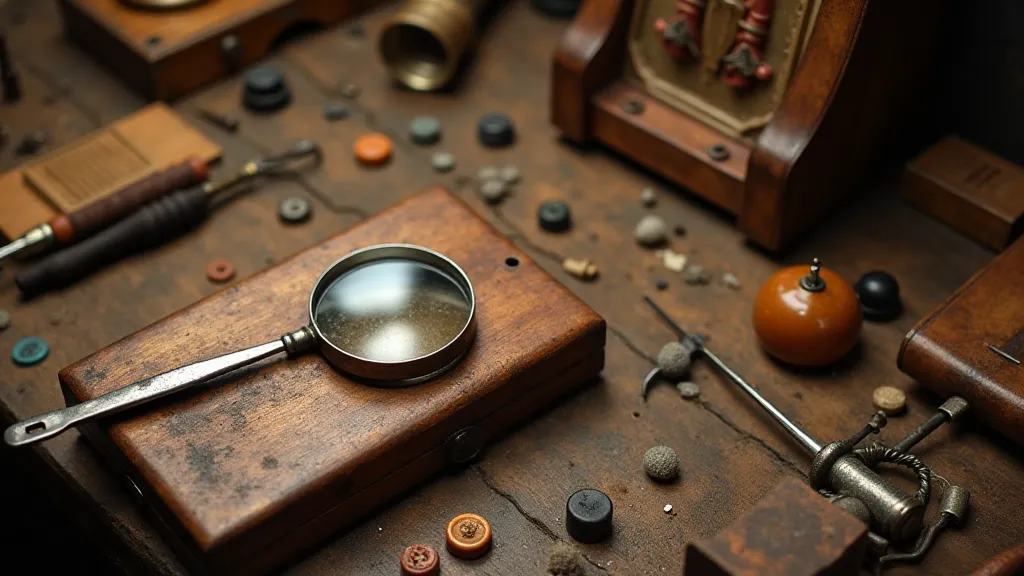
The Symphony of Revival
The moment of truth arrives when the restoration is complete. Taking a freshly restored accordion out of the workshop and playing it for the first time is an experience unlike any other. It's a symphony of revival, a resurrection of a silenced voice. The familiar strains of a traditional polka, the poignant melody of a folk tune – the music flows from the instrument with renewed vitality.
I remember the Hohner Victoria I restored. After weeks of painstaking work, I sat down to play it. The sound that emerged was rich, full, and surprisingly resonant. The notes weren't perfect – there were subtle quirks and nuances that spoke of its age – but they were beautiful. The owner wept. "My father would have loved to hear it again," she said, her voice thick with emotion. That, more than any technical accomplishment, was the true reward of the restoration.
Collecting, Restoring, and Connecting
Accordion collecting isn't just about acquiring beautiful objects; it's about safeguarding a cultural heritage. Each instrument tells a story, and by preserving them, we keep those stories alive. While a deep dive into the technical aspects of restoration can be extremely rewarding, appreciating the history and craftsmanship is key.
For those considering collecting or restoration, I suggest starting small. A simple bellows repair or a reed adjustment can provide valuable experience and a deeper understanding of the instrument. Join online forums, connect with experienced restorers, and immerse yourself in the world of antique accordions. It's a fascinating journey, filled with challenges and rewards, and ultimately, a profound connection to the past.
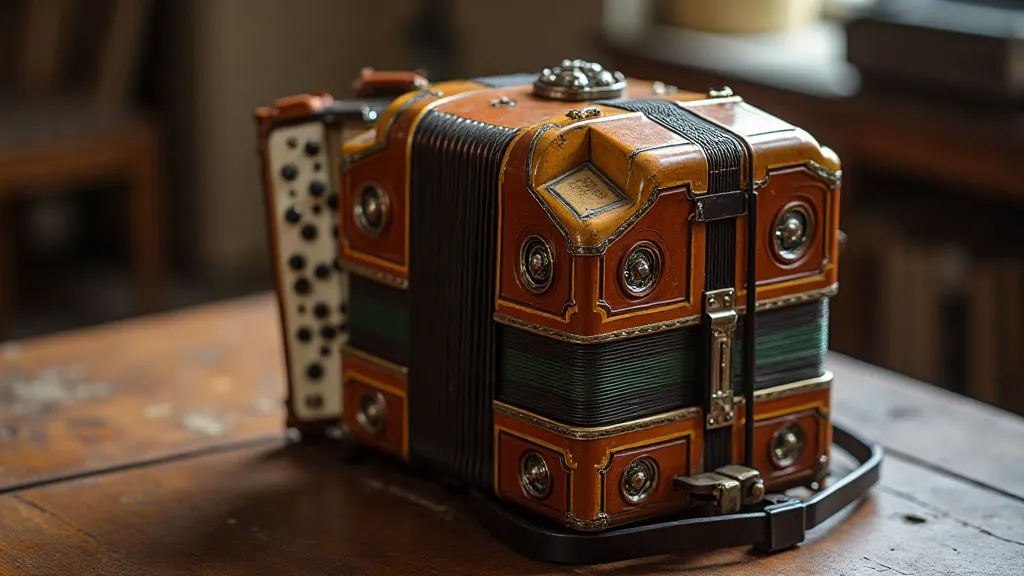
Ultimately, accordion restoration isn’t just about mechanics; it’s about empathy, artistry, and a deep respect for the music and the people who created it. It’s about listening to the echoes of the past and giving voice to the silent melodies of history.
